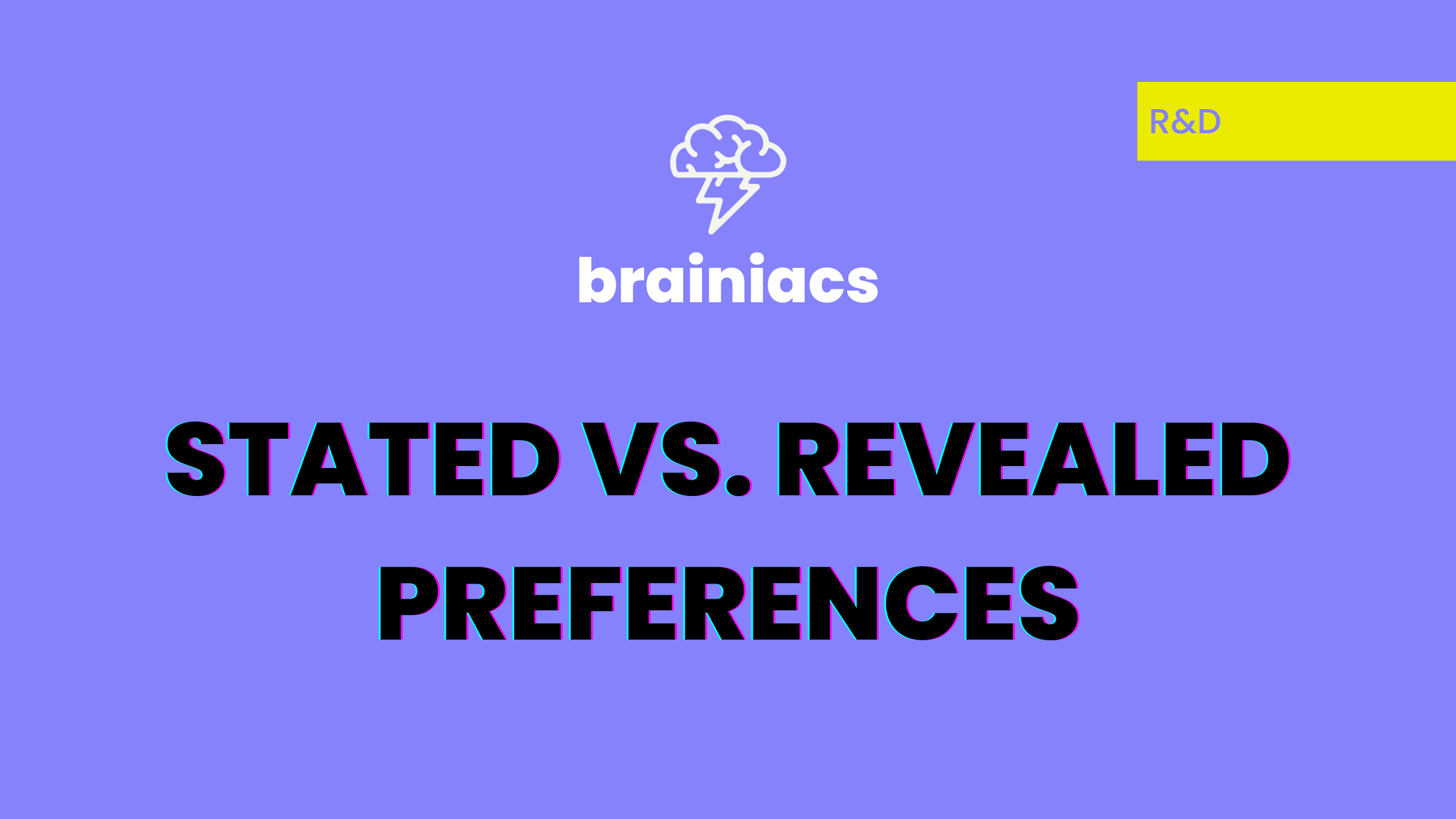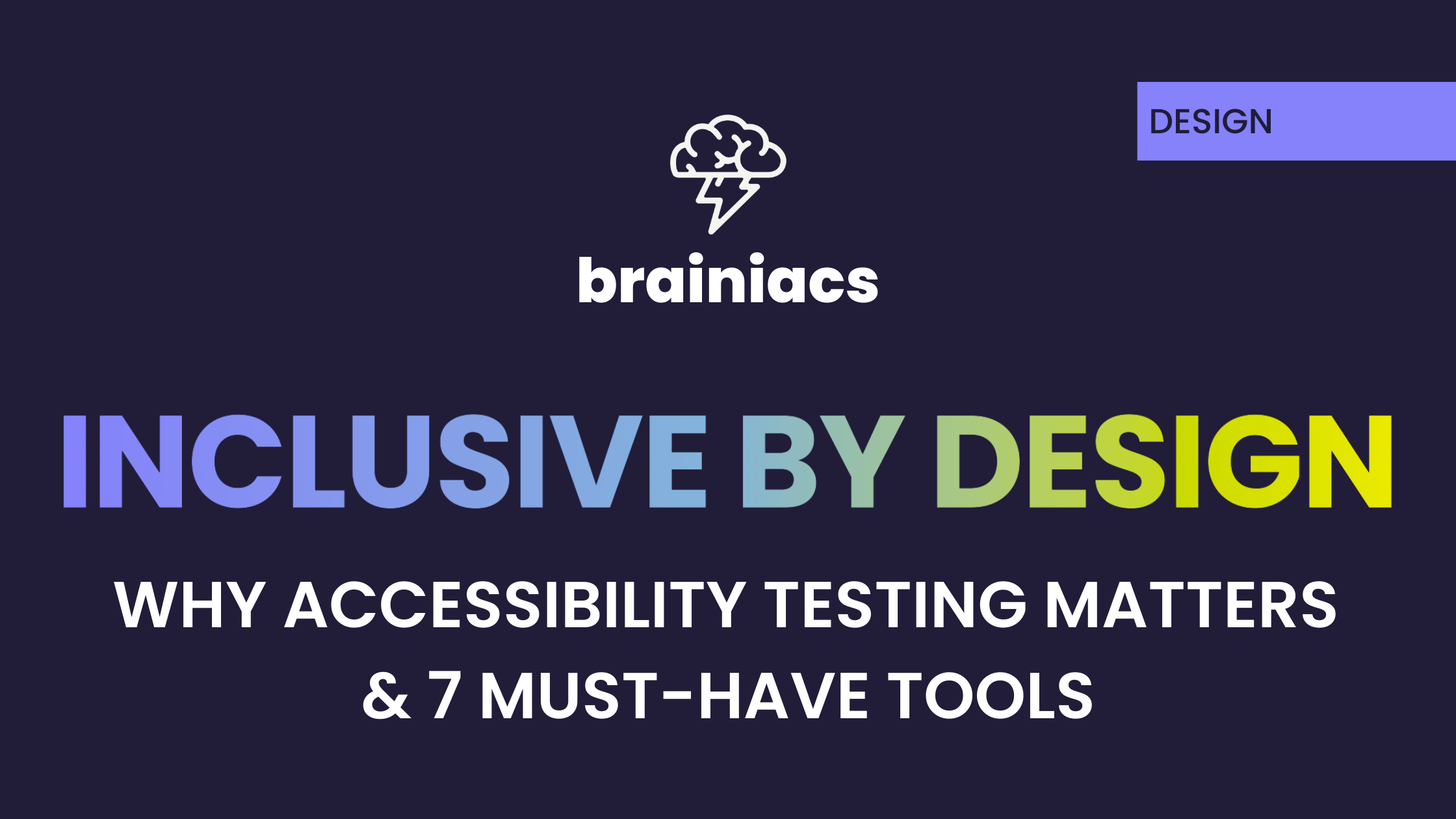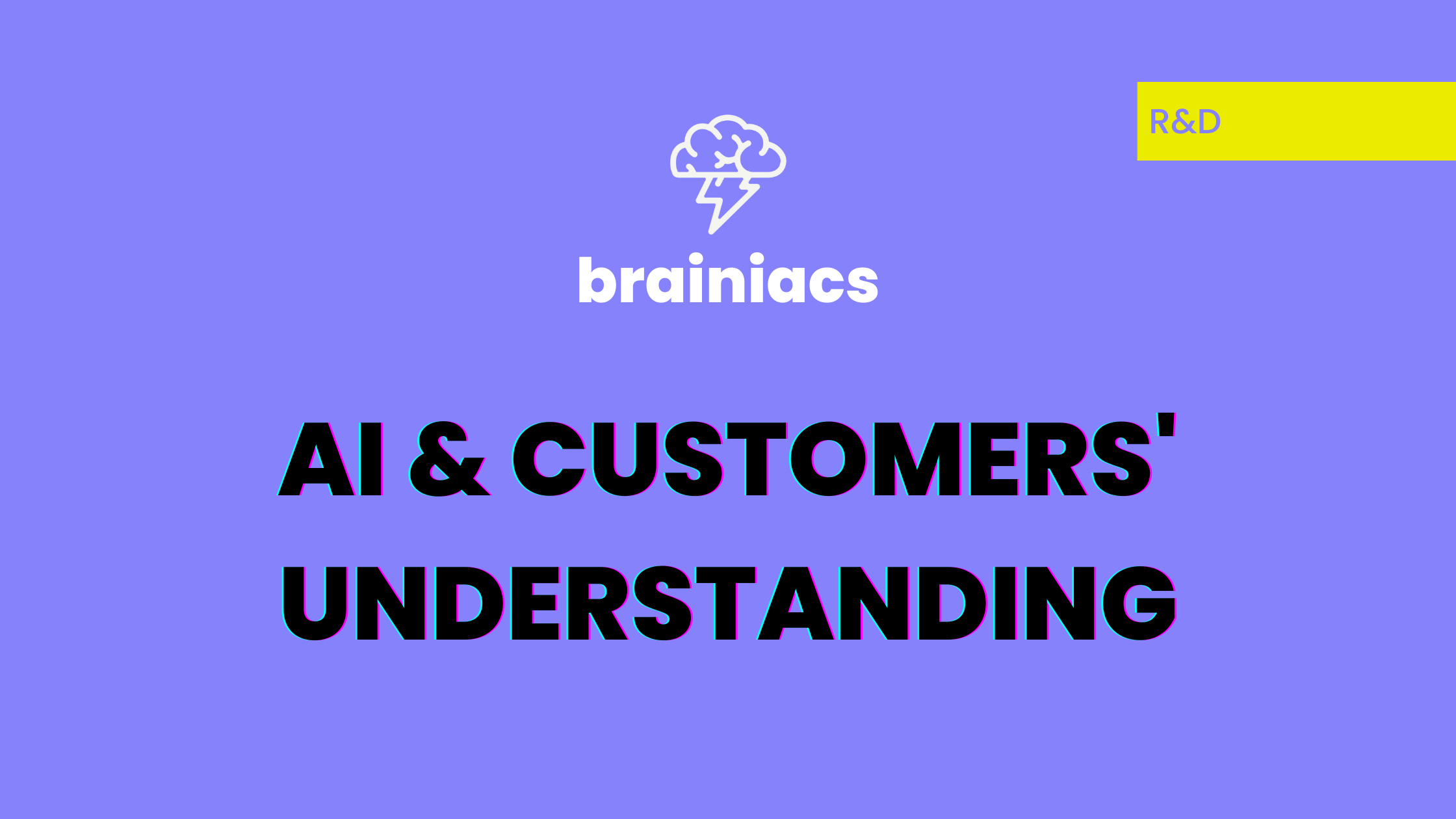Stated vs Revealed preferences: understanding your customers' needs!

For years, artificial intelligence and machine learning have been successfully used by companies to personalize the customer experience.
A popular use case is providing recommendations based on past data directly to the users to help optimize their experience by adding a touch of personalization.
It was The Economist’s front page that said “The world’s most valuable resource is Data” and I couldn’t agree more. Data has truly enabled and carried this technological evolution and since AI is data-hungry, the more data we have the better.
In the case of personalization of user experience, companies need to understand their target customers to study their interests and requirements. But how can a company understand such things?
Their first option is to simply ask their users to provide/state their interests by conducting a survey. This process can be very time-consuming and costly but that’s not why we shouldn’t use it.
Surveys and questionnaires provide us with answers directly from users, what we call Stated Preference and it is likely to be wrong in many circumstances. Many studies believe that our choices and preferences are greatly influenced by emotions.
Herbert Simon, American Nobel Laureate scientist, believes that: “In order to have anything like a complete theory of human rationality, we have to understand what role emotion plays in it.” In consequence, if put in the same situation twice, with a different state of mind, we could make different choices.
For example, how many times have we been wrong in the past about our choices? We chose a movie we thought we liked and turned out to be a snoozer? Our choices are directly linked to our perceived preference and if our past mistakes are any indication, we don’t always know what we like or want!
Therefore instead of asking the customer to state their interests, companies need to examine their data to contextualize and personalize their interactions for a customer-centric experience. Thus their second option is the data-driven approach.
Companies that deal with customers usually use Customer relationship management (CRM) tools to organize and initiate interactions with customers. CRMs log data, with users’ consent, from multiple channels of contact with the customers like telephone, email, website and more. These interactions consist of certain actions performed on subjects or products for example a customer clicked on a product in your online shop and added it to their cart. Observing the patterns in interactions of a given customer will infer their preference, what we call Revealed Preference. Revealed preference is dynamic and shifts with the customers’ current interests which gives it an upper hand over surveys and questionnaires.
But why is it so important? Why do companies go through all this to personalize their products? Well let’s imagine a company’s product is a bar, first scenario: you go in – order your coffee – and pay. The second scenario: you go in, the bartender recognizes you, calls you by your name and begins preparing your “usual”. Which of the two scenarios will make you go back to the bar?
The theme song of the famous TV series Cheers says that: “Sometimes you want to go where everybody knows your name and they’re always glad you came”, and when it comes to customer’s experience this is very true.
Good customer relations help companies connect with their customers on a deeply personal level; to understand their needs, solve their problems and create a sense of mutual understanding. When customers are happy and understood they are more likely to remain loyal and increase their engagement with your company/product.
Salesforce, a leading company for CRMS, notes that 84% of consumers say being treated like a person, not a number, is very important to winning their business. Based on Accenture, 91% of consumers say they are more likely to shop with brands that provide offers and recommendations that are relevant to them. And Monetate reports that 95% of companies that got 3x ROI from their personalization efforts increased profitability.
Given the importance of personalization to customers’ experience, companies should work toward applying such data-driven techniques as they are crucial elements for their progress and growth.
And remember preference is not what the customer says, it’s what the customer does!

